Flowers That Mean Friendship

The flower language is extremely interesting and fascinating, speaking by means of colors and shapes of strong feelings such as love, friendship, hope and happiness. If you want to express one of these feelings, choose the right flower and send out the message. After seeing what flowers mean freedom, we are now turning to flowers that mean freedom, a noble feeling that has brought people together for thousands of years.
Geraniums are well-known for the blooming abundance and will turn your little green corner into a small paradise. You can very easily combine various types of geraniums for a charming full colored effect as they are all-year-round flowering plants. Behind these different colors lies a single message, of true friendship.
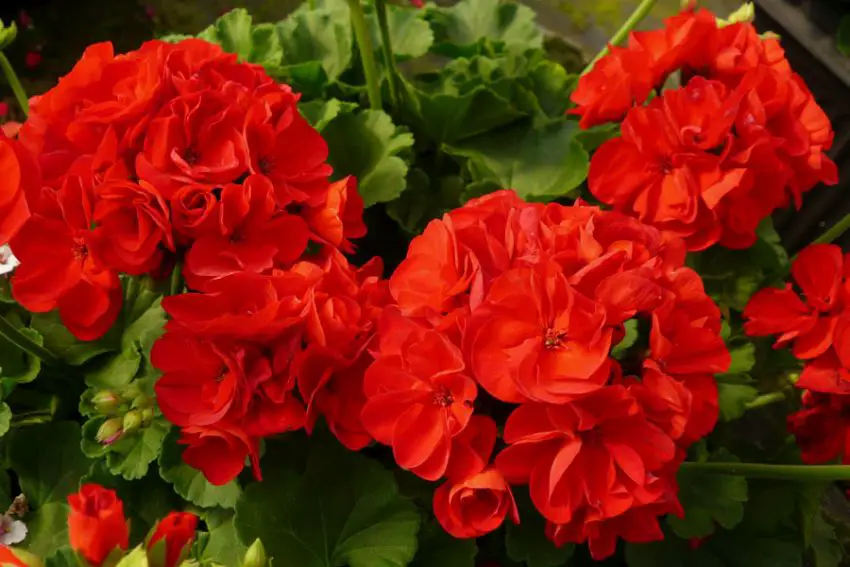
Flowers that mean friendship – geraniums
Ivy, the climbing plant which conquers walls and other inert surfaces, carries in its long arms the symbol of friendship, but also of continuity.

Flowers that mean friendship – ivy
Even more suggestive and stronger is the message behind the chrysanthemums – you are a wonderful friend! So use this flower to thank, in the flower’s language, a person who has been a loyal and honest friend.
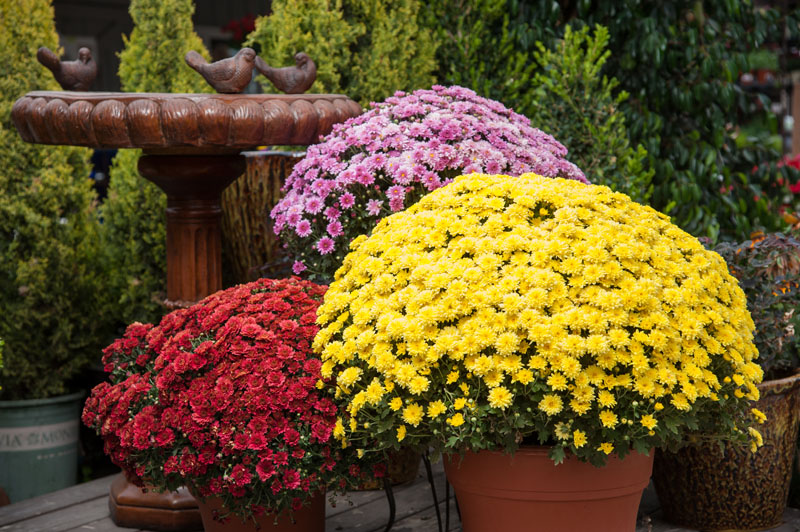
Flowers that mean friendship – mums
Iris, the mythological flower, also speaks of true friendship to someone it is offered to. “Your friendship means a lot to me” is the exact message the flower which comes in amazing colors and scents carries with it.
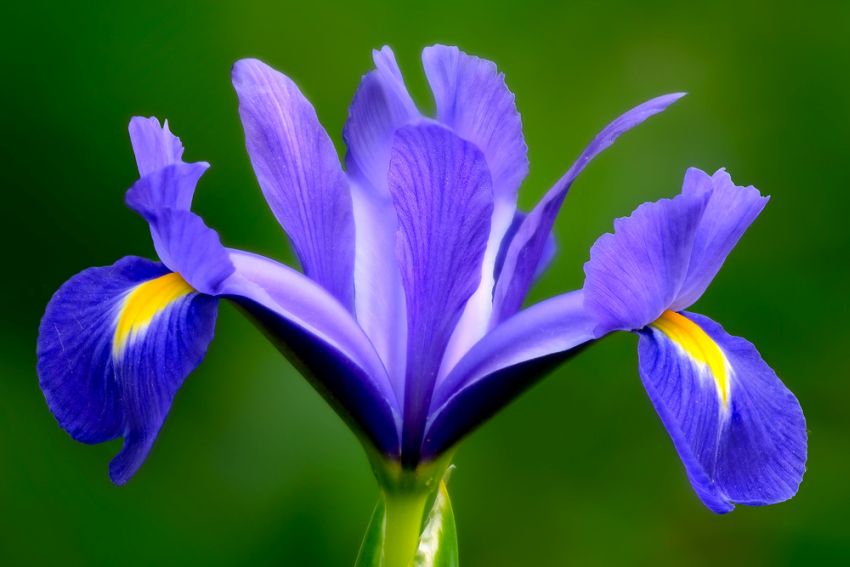
Flowers that mean friendship – iris
The yellow rose, which also means freedom, is another symbol of friendship, specialists say. As concerns zinnia, this flower symbolizes the thought and memory of a distant friend, someone who is away from you. So you can give this to someone who’s a friend, but was out of sight for too long.
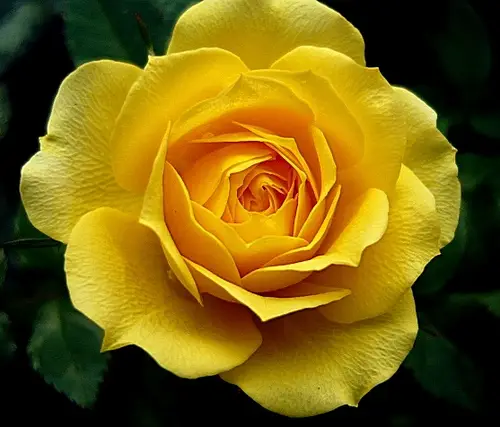
Flowers that mean friendship – yellow rose
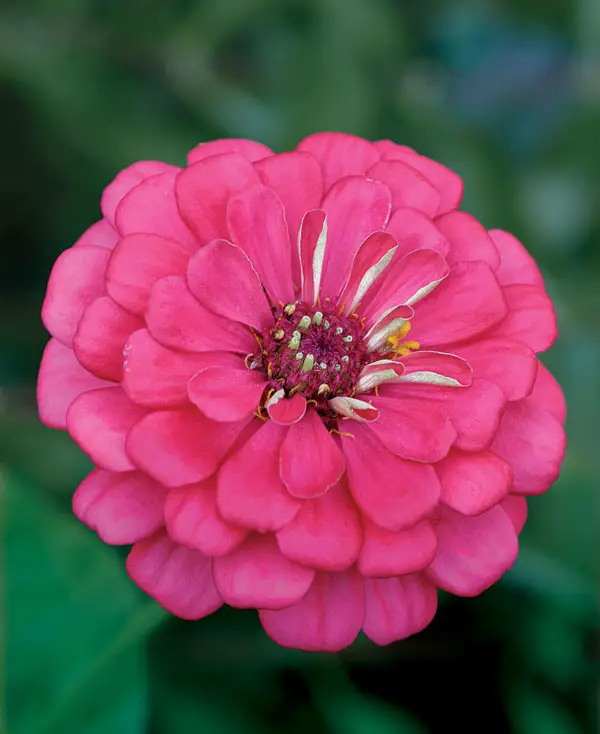
Flowers that mean friendship – zinnia
Alstroemeria or the Inca lily is another flower which symbolizes friendship. The legend says the flower grew out of blood drops shed by a woman who sacrificed her heart to save her boyfriend from death.
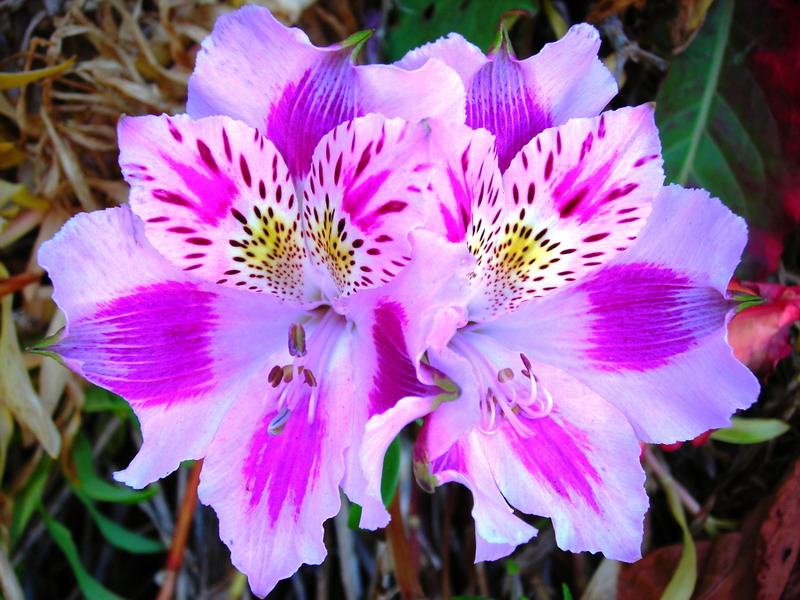
Flowers that mean friendship – alstroemeria
Last, but not least, arborvitae or thuja is an evergreen species meaning friendship, a durable and honest feeling, just as its green leaves last forever, surviving the harshest weather conditions, whether in summer or winter.

Flowers that mean friendship – arborvitae
Sources: Almanac.com, Thelanguageofflowers.com, Theflowerexpert.com















